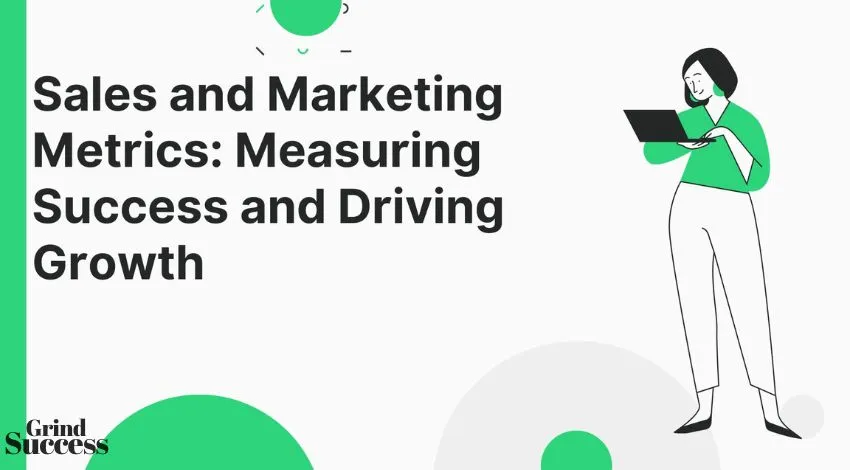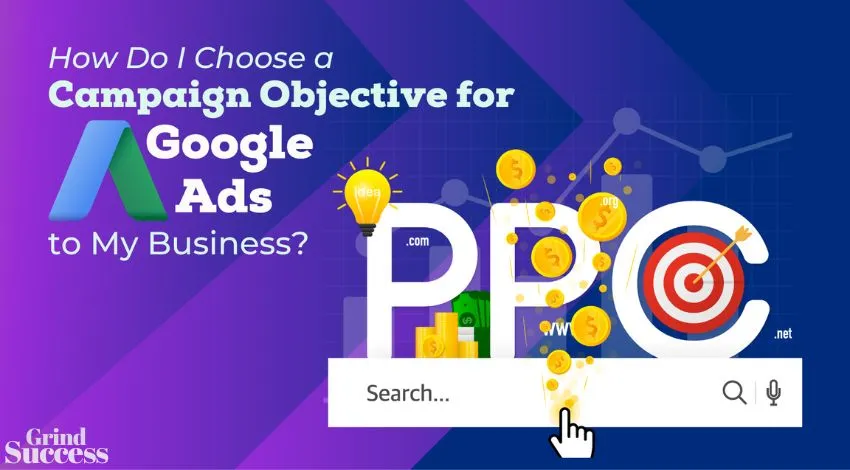Unnatural Link: What They Are, Examples & How to Remove

If you’re an internet marketer, you know the importance of having a good link profile. But what exactly is an unnatural link? And what are bad links? Well, an unnatural link is simply a link on your website that doesn’t appear natural.
This could be a link from a site irrelevant to yours or from a suspicious or untrustworthy source. Bad links, on the other hand, are links to sites considered spammy or low-quality by Google. If you have too many bad links, it could negatively affect your website’s ranking.
The good news is, there are ways to fix unnatural links. The first step is to identify the unnatural links by using a link analysis tool. Then, you can use a link disavow tool to tell Google to disregard certain links. Finally, you can reach out to webmasters of sites with unnatural links and ask them to remove them.
Here are 10 examples of unnatural links to watch out for: low-quality directories, low-quality blog comments, paid links, irrelevant links, excessive link exchanges, hidden links, link farms, cross-linking, link schemes, link wheels, and link spam. With these tips in mind, you’ll be sure to have
In This Page
What Are Bad Links or Unnatural Links?
A bad link is when you and someone in your team create a link on another website without considering the relevancy of the website content, the theme of the website, the website’s current authority, and the website’s current traffic.
In other words, you’re creating a link that won’t do you any good. This can have serious consequences for your website’s ranking on search engines. Search engine algorithms are designed to identify bad links, and if your site has too many, it can lower your rankings or even get it blacklisted.
That’s why it’s so important to be careful when creating links. Before linking to another website, make sure you research the website’s content, theme, authority, and traffic. If the link doesn’t meet your criteria, then it’s best to avoid it. This will help protect your website’s rankings and keep your search engine optimization efforts on track.
10 Examples of Unnatural Links or Bad Links
Here are 10 examples of unnatural links to watch out for:
1. Link Schemes
Link schemes are an old-school link-building tactic that can still be effective today. Essentially, it involves creating a web of links from other websites you own. This can help improve your rankings on search engines like Google, as it shows that you have a network of high-quality websites linking to each other.
Link schemes can also be a great way to build relationships with other website owners, as you can offer to link to each other’s websites.
This can be a great way to get relevant traffic and build your online presence. Link schemes are not without their risks though. If you are caught creating a link scheme, you could get blacklisted from Google and other search engines, resulting in a decrease in traffic.
So while link schemes may be a good way to get links, it’s important to make sure you are following the rules and not abusing the system.
2. Low-Quality Directories and Bookmarking Sites
Submitting your website to a variety of low-quality directories and bookmarking sites may seem like a good idea to get more traffic, but it can have dire consequences. Google will flag your website for such activity and your website can end up getting pushed down in the rankings or banned altogether.
This is why it’s important to submit your website to the right directories and only do so in a reasonable time frame. Start with a few high-quality directories and add more gradually. This will ensure that your site is being seen by the right people without raising any red flags.
Also, be sure to only submit to directories that are relevant to your business and that offer quality content. Doing so will help you build your website’s credibility and search engine rankings.
So, if you want to see your website at the top of search engine results pages, then submit your website to the right directories and do so at a reasonable pace.
3. Link Exchanges
Link exchange is an exciting concept. It’s the practice between websites to exchange links in order to increase visitors and page ranking, also known as reciprocal links. This is a great way to get more eyes on your website, as well as boost your ranking.
However, it is important to note that it is against Google’s Webmaster Guidelines. If you do participate in a link exchange, you should do so with caution.
Be sure to only link to high-quality websites, and avoid exchanging links with sites that are not related to yours. You want to be sure you’re exchanging links with websites that will benefit your visitors, not hurt your reputation.
When done properly, link exchange can be a great way to improve your website’s visibility and help it reach a wider audience. Just make sure you follow the guidelines set by Google to stay within their good graces!
4. Sitewide Links
Sitewide links are an important tool for any website owner. They are an effective way to drive traffic from multiple pages to a specific page, such as your homepage or a landing page.
They are also great for improving your SEO ranking, as search engines will be able to find your site more easily. Plus, they can help you create a more cohesive website experience by making it easier for users to navigate between different pages.
However, if you use sitewide links as a cheap tactic to get lots of links at once, or if your sitewide links are irrelevant, they can have a negative effect on your website. Make sure you do your research and use sitewide links in the right way to get the most benefit from them.
5. Widgets
Widgets and badges are a popular link-building practice that can be extremely beneficial for your SEO strategy. Widgets are pieces of code you can embed on your website. They are usually linked back to a third-party website, which helps to build a link to your own site.
Badges are similar, except they are used to show off branded content. They are often used to showcase awards, membership in an organization, or social media followings.
While both widgets and badges can be great for link building, the trick is to make sure they are nofollow links. Otherwise, you are risking your site being hit with a Google penalty. Fortunately, most widgets and badges come with the nofollow attribute already included.
So, with a bit of research and careful setup, you can easily use widgets and badges to boost your link-building game!
6. Press Releases and Syndicated Content
Press releases are a powerful tool for getting your message out there and generating awareness for your business. But if used incorrectly, they can be less effective than they should be. Many press releases are over-optimized and stuffed with keywords, which isn’t helpful for the user.
But it’s not just bad for the user – it’s bad for search engines too. Google and other search engines want press releases to be relevant and useful for the reader, not just for getting a higher ranking.
That’s why it’s important to write press releases for the user, not for search engines. Focus on creating content that’s informative and engaging. Don’t use too many keywords, and make sure the press release is written in a natural, conversational tone.
It’s also important to update any press releases that are more than a few years old in order to make sure the content is still relevant.
Taking these steps will help you get more out of your press releases, and ensure they’re just as effective as they should be.
7. Paid Links
Paid links are an effective way to increase the visibility of your website, company, and products. They include sponsored blog posts, banner ads, and other forms of paid media.
While these links are not necessarily “unnatural,” if the content is of poor quality, it could look spammy to search engines. That’s why it’s important to make sure the content you sponsor is high-quality, informative, and engaging.
It should offer real value to the reader, and be relevant to your company’s message and mission. Also, it’s important to be transparent about sponsored content.
If you’re paying for a link or promoting a product, you should make it clear that it’s a paid advertisement or sponsored post. Doing so will not only boost your credibility but will also help to ensure that you don’t get penalized by search engines.
To sum it up, paid links can be a great way to promote your website, but you need to make sure that the content is high-quality and that you’re being transparent about any sponsored posts. It’s the only way to ensure that your website doesn’t get flagged for spam.
8. Blog Comments
Building backlinks with blog comments used to be a common practice, but times have changed. Nowadays, these links don’t offer any value to the user, so they’re not worth it. That’s why it’s best to disavow and stop adding your website link to blog comments.
As Google’s algorithms continue to evolve and become more sophisticated, it’s more important than ever to focus on quality content and white-hat SEO strategies.
That means getting backlinks from authoritative websites, creating engaging content, and optimizing for the right keywords. Doing this will not only help your website rank higher, but it will also give users the value and information they’re looking for.
So don’t waste your time and energy on blog comments. Focus on creating high-quality content and engaging with your customers, and you’ll be sure to see the results!
9. Forums
Forum links have the potential to be an incredibly powerful tool in your SEO arsenal, but they can easily become a burden if not managed properly. Forum links are often filled with spammy, keyword-stuffed bios and user profiles that are filled with automated posts that go unread, and this can hurt your SEO efforts.
Fortunately, there’s an easy way to fix this problem: stop building links with forums and start adding them to your disavow list.
This will help Google recognize that the forum links are spammy and not worth considering in its ranking algorithm.
Additionally, keep an eye out for forum profiles that are filled with automated posts, and add those to your disavow list as well. By taking these steps, you should be able to keep your forum links clean and improve your ranking.
10. Redirected Domains
If you have an old domain that you’ve been redirecting to your new domain, it’s important to be aware of the potential risks. Redirecting your old domain can trigger a manual action penalty for unnatural links.
This penalty can result in your website being removed from the search engine index, which means your website will no longer show up in search results. This can be very damaging to your website’s visibility and traffic. Fortunately, there are ways to avoid this penalty.
For example, you can set up a 301 redirect from your old domain to your new domain. This tells search engines that the new domain is the intended destination and that any links pointing to the old domain should be attributed to the new domain.
Additionally, it’s important to make sure that any pages on the old domain are either deleted or redirected to the new domain. This will help ensure that search engine crawlers don’t encounter any “orphaned” pages on the old domain.
Following these steps can help you avoid triggering a manual action penalty and maintain your website’s visibility.
How to Remove Unnatural Links
1) Use a Tool Like SEMrush, Ahrefs, Majestic, Etc.
If you want to identify unnatural links and other SEO issues, you should consider using a tool like SEMrush, Ahrefs, Majestic, and more.
These tools are designed for SEO professionals and can help you spot any potential issues with link building, such as unnatural links. They can also help you identify backlinks from suspicious sources and detect if any sites are linking to your website without your knowledge.
In addition to unnatural links, these tools can also help you find other SEO issues, such as duplicate content, keyword stuffing, and more. With the help of these tools, you can get a comprehensive view of your website and identify any potential problems before they become major issues.
By using these tools, you can ensure that your site is up-to-date and compliant with search engine guidelines so that you can stay ahead of the competition.
2) Perform a Backlink Audit
A backlink audit is a crucial part of any SEO strategy. Performing regular audits can help you identify any unnatural links that may be negatively impacting your website’s ranking.
It’s important to stay on top of backlink audits because Google has rules and regulations in place to ensure websites are not manipulating their rankings by using links that go against their guidelines.
For example, if you find links from websites that have nothing to do with your own, you may need to take action to remove them.
You should also check for paid links, links to suspicious websites, and links from low-quality websites. Identifying and cleaning up these links is essential for a successful SEO strategy.
A backlink audit is a great way to keep your website in Google’s good graces and ensure you’re doing everything you can to get the most out of your SEO efforts. So make sure to audit your backlinks on a regular basis!
3) Sort Through the Backlinks
Keeping an eye on your website’s backlinks is an important part of maintaining a healthy SEO strategy. It’s important to regularly review the backlinks to identify any unnatural links. Unnatural links are those that have been purposefully created to manipulate search rankings.
These links can come from link farms, paid links, or any other type of link that violates Google’s guidelines. To identify unnatural links, you should start by sorting through your backlinks and analyzing each link individually. Look for any links that look suspicious, such as links from websites that have nothing to do with your own site.
You should also look for any links that contain suspicious keywords or phrases, as these are often used to boost search rankings. Once you’ve identified any unnatural links, it’s important to take action to remove them.
You can contact the website directly and request that they take down the link, or you can use Google’s disavow tool to tell Google to ignore the link. Failing to remove the links can lead to penalties from Google, so it’s important to stay on top of your backlinks.
4) Upload Your Disavow File
Uploading your Disavow file to find unnatural links is an essential part of any SEO strategy. With the help of this file, you can identify any links that are potentially hurting your ranking, as well as any links that may be considered unnatural or spammy.
This can be incredibly useful if you want to improve your ranking or if you want to make sure you’re staying within Google’s guidelines. Uploading your Disavow file is easy, and it only takes a few minutes.
The first step is to create a file with a list of all the links you want to disavow. Once you have the file, you can then upload it to Google’s disavow tool. After that, Google will review the file and begin to filter out any links that could potentially be hurting your ranking.
With the help of this file, you can ensure that your website is getting the best possible ranking and that you’re avoiding any unnatural links.
5) Use Backlink Removal Tools
Keeping your website’s backlink base clean and protected is essential to maintaining a healthy online presence. That’s why you should use backlink remover tools to keep track of and remove any low-quality backlinks that could be damaging your website’s reputation.
Backlink remover tools can help you identify and delete any links that could be hurting your website’s ranking. They can also give you insights into how your website is being perceived by Google, so you can make the necessary changes.
With backlink remover tools, you can also keep track of any new backlinks that are added to your website, so you can make sure they are of good quality. By using these tools, you can ensure that your website is properly protected and that you’re getting the most out of your backlinks.
Conclusion
These were some of the examples of unnatural links or bad links go through these and check whether you are doing it right.
This post was proofread by Grammarly. Try it – It’s Free!
Millions trust Grammarly’s free writing app to make their online writing clear and effective. Getting started is simple
Email, SMS, and more — Klaviyo brings your marketing all together, fueling growth without burning through time and resources.
Deliver more relevant email and text messages — powered by your data. Klaviyo helps you turn one-time buyers into repeat customers with all the power of an enterprise solution and none of the complexity.






